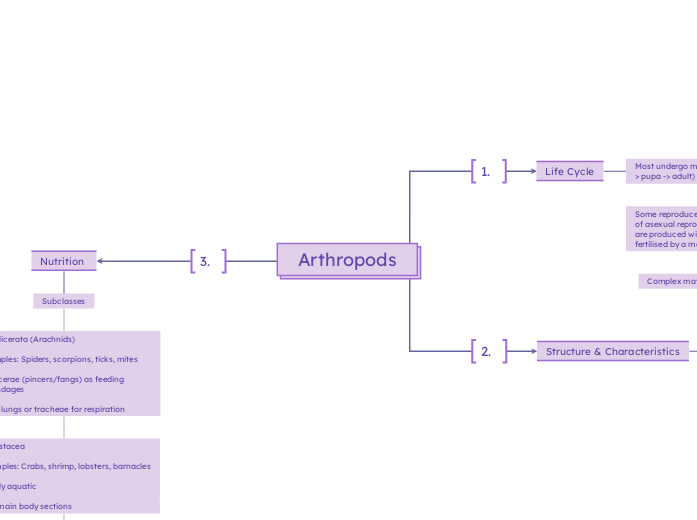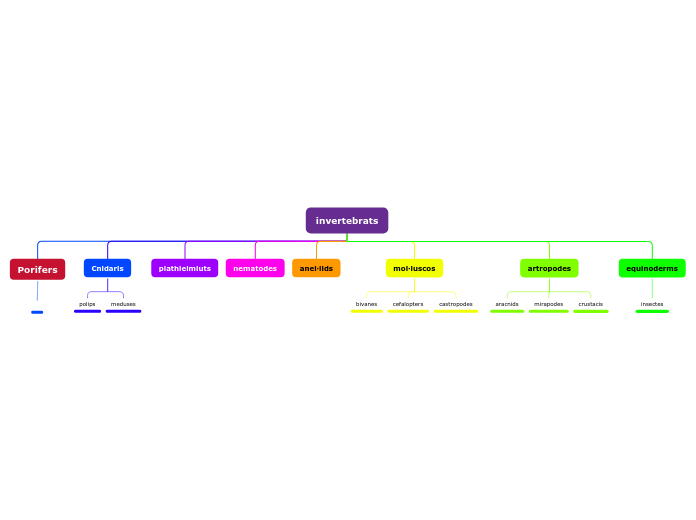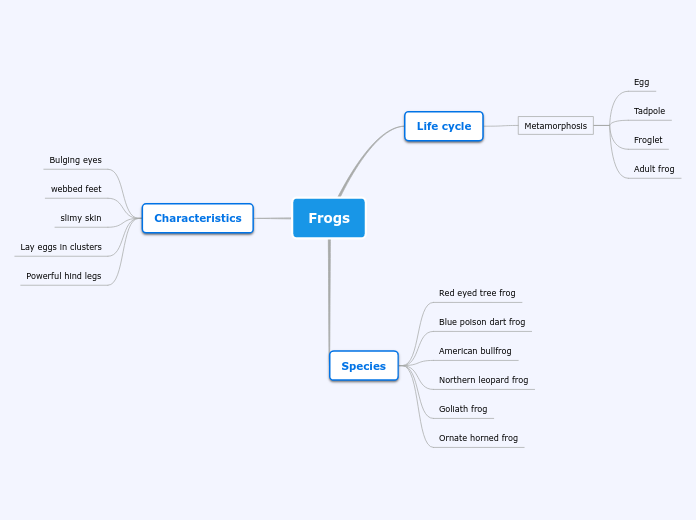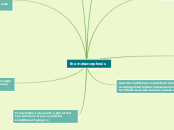par Mia Mahima Il y a 11 mois
146
Arthropods
Arthropods exhibit a diverse range of life cycles, with many undergoing metamorphosis through stages from egg to adult. Some species reproduce parthenogenetically, allowing offspring to develop without fertilization.









